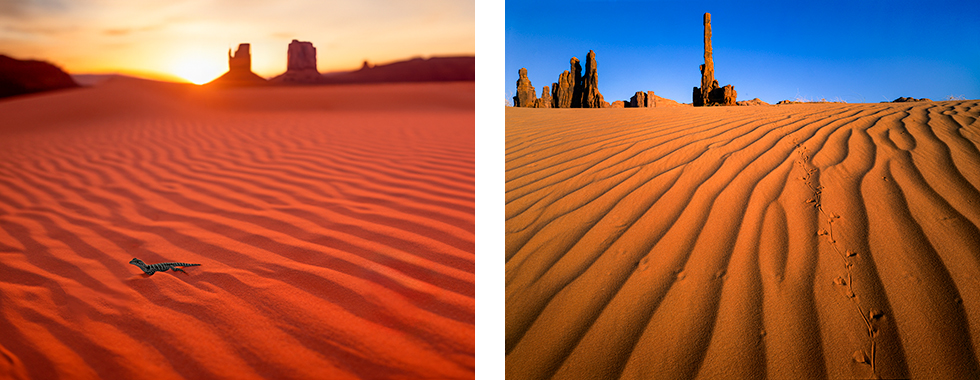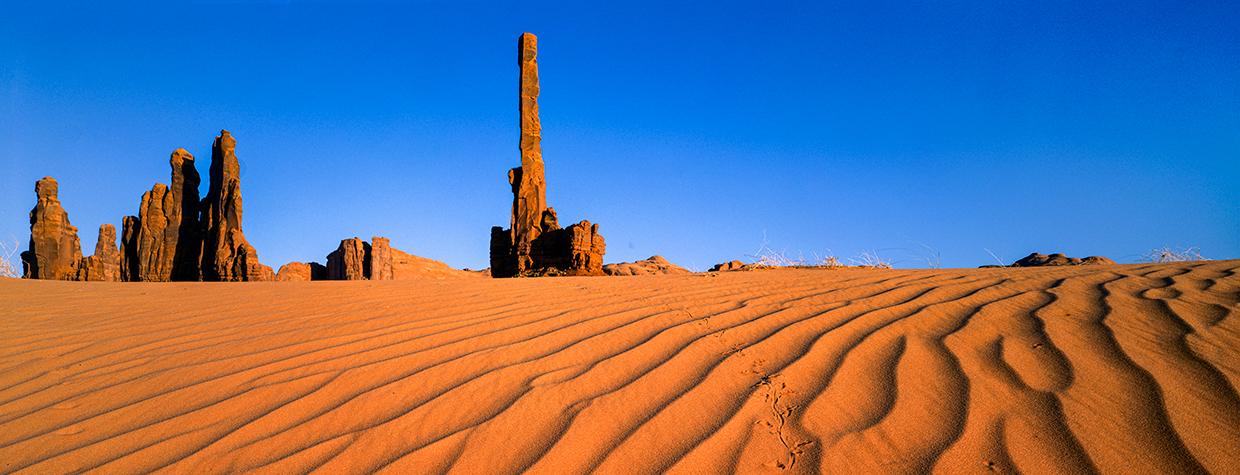Rick Burress is a longtime Arizona Highways consultant who trains design and photography professionals on desktop publishing software, particularly Adobe products.
JK: AI [artificial intelligence] is in the news a lot. Last week, someone submitted an AI-generated image “from the Grand Canyon” to our website. You’ve spent your career at the intersection of art and technology. What’s your take on this?
RB: It’s probably too early to tell how generative AI will impact photography or society in general, but it’s not too early to know that this is a big part of our future. I like to help people see the positives and teach them how to use these new tools. This is a paradigm shift, but I’ve been through at least a dozen paradigm shifts in my career. I remember when everyone was panicking about digital photography replacing film cameras. When big changes happen, we freak out — and then we don’t.
JK: Our mission is to accurately document Arizona and share it with our readers. With the rise of AI, how can we be sure we’re doing that?
RB: Here’s a statement I hear a lot:
“Oh, my gosh, we’ll never know if a photo is real.” But we haven’t been able to know if a photo is “real” since Adobe Photoshop was released in 1990. Additionally, photographers always make choices that affect their images, and that’s been happening since the dawn of photography. That said, the increasing prevalence of AI forces us all to put our foot on the brake and verify things we see. It also forces a magazine such as Arizona Highways to be clear about what is and isn’t allowed in an image submitted for publication, to use trusted photographers who will follow those rules, and to ask for original camera files to try to ensure that photos are genuine.

JK: Is there anything good about AI in photography?
RB: One thing that comes immediately to mind is producing comps before a shoot. You could say to a photographer, “Here’s what we have in mind, and here are some AI-generated images to help you visualize what we’re looking for.” Those could serve as inspiration and help ensure you get the photos you need. Previously, we used words to express these ideas. Why not use pictures instead?
JK: How are you approaching the paradigm shift?
RB: I’m studying and using generative AI like crazy so I can understand it. I’m amazed by what it can do, but I’m also horrified by how bad it can be sometimes. In terms of other people’s reactions to it, I’m reminded of when I first came to Phoenix in the late 1980s. I went to work for a guy who had 170 artists on drafting tables, and he wanted me to teach them how to do their work on this new thing called a computer. No one signed up for the training — because, to them, there was no way someone could do graphic design and illustration on a computer. The point is that there’s always going to be new technology. Either you learn how to use it, or someone who knows how to use it will replace you.
Do you have a question about photography? Email it to [email protected], and our photo editor, Jeff Kida, will try to answer it in a future issue.

